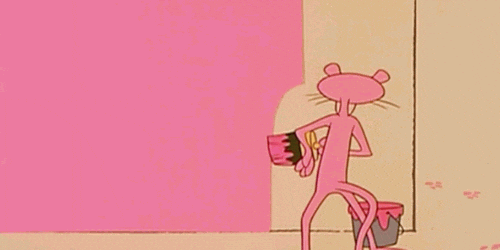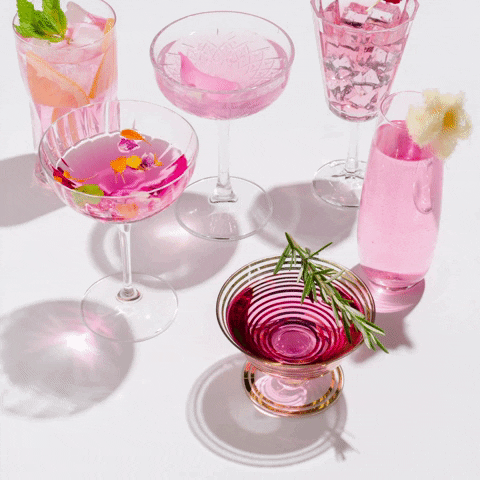As food and drink brands continue their innovation with the pink ‘instagrammable’ color, we explore what makes this trend so popular.

Factors driving its expansion include how it is viewed as a feminine hue that can be used across various product categories including cake decorating supplies or kitchenware sets for baking enthusiasts alike.
In 2017-2018, the popularity of rosé wine and pink gin were on a real upswing. This is because in that same time period we saw bright colors like these start to take off thanks to social media's influence.

As outlined by Mintel’s 2016 Global Food and Drink trend ‘Eat with Your Eyes’, brightly coloured food and drink tend to appeal to younger consumers, especially Generation Z (up to age 24) and younger Millennials (aged 25-31).
As Nathalie Pauleau, global product manager for natural colours at Givaudan, said "Food that is attractive and exciting is a win. Vibrant colours attract attention and help manufacturers differentiate their products.
Social media sharing is also an important channel to promote products to a wider audience and build loyalty.
References:
